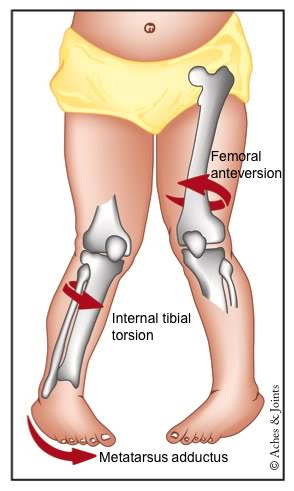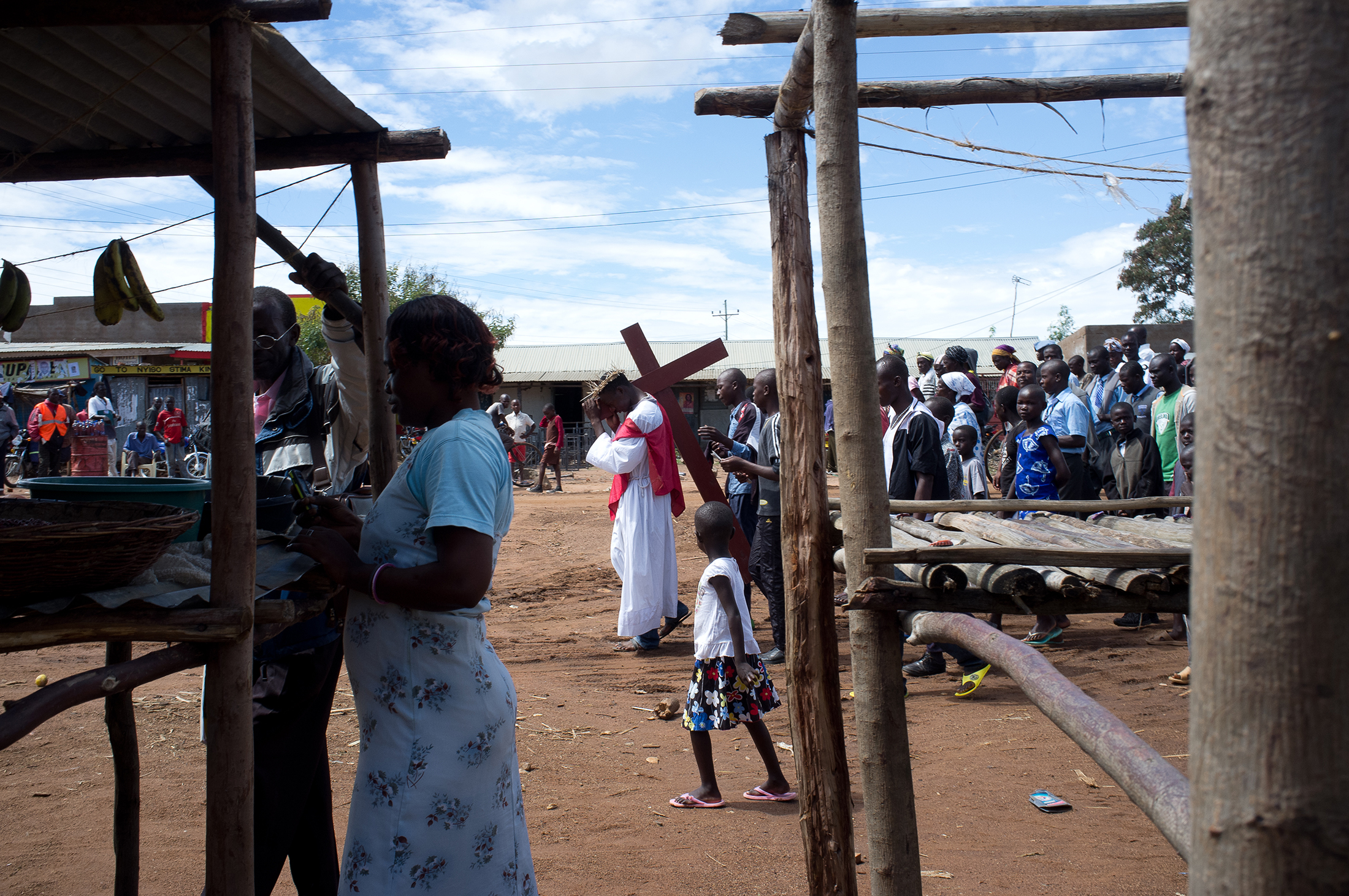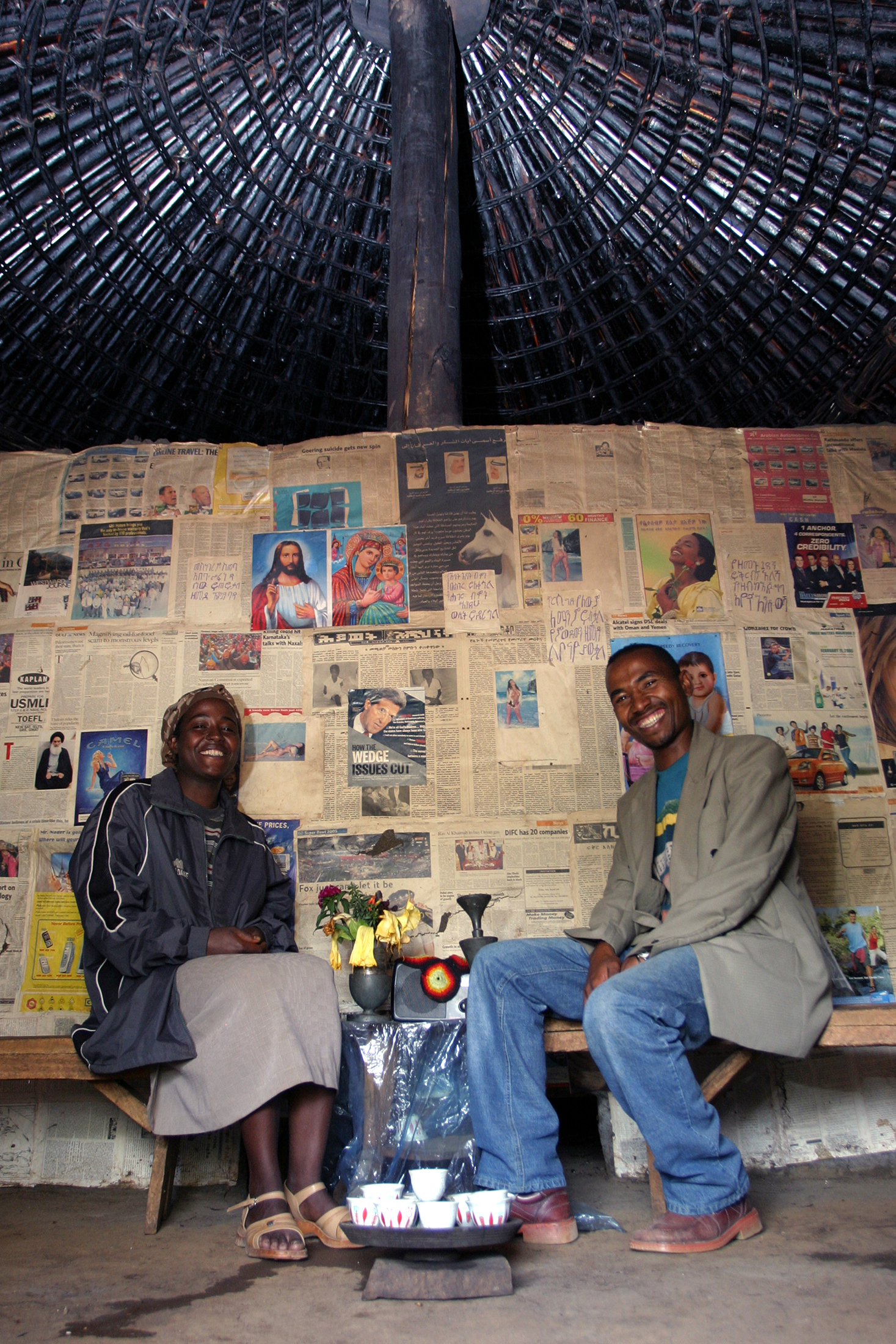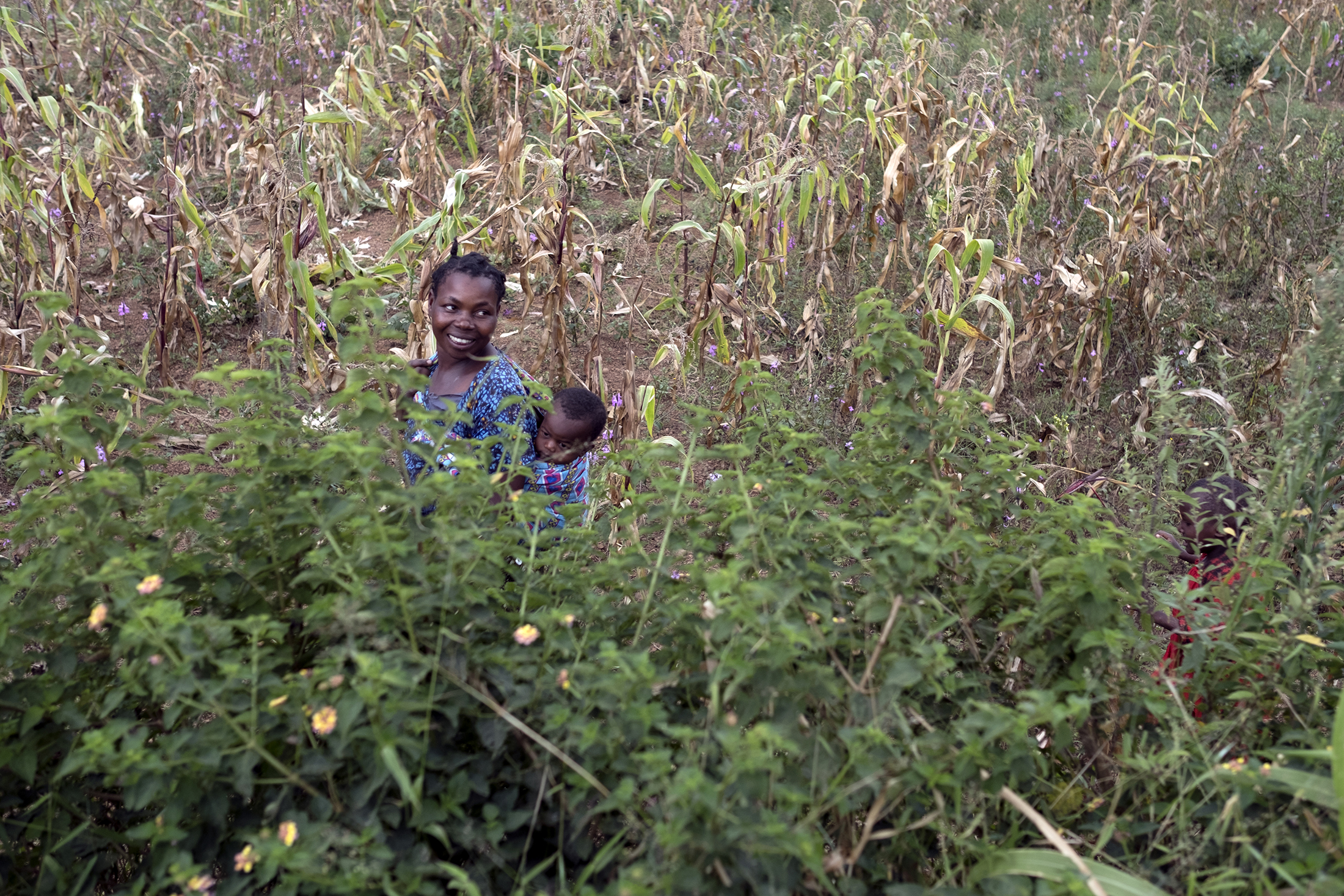Learning to Walk with God
by Jeff James, 3rd Degree Knight, Council 14898
"At this moment too, Jesus is walking ahead of us. He is always before us. He goes ahead of us and leads the way… This is the source of our confidence and our joy: to be his disciples, to remain with him, to walk behind him, to follow him…" - Pope Francis
Tembea Na Mimi is the ‘Way of the Cross’ and simultaneously the ‘road to Emmaus;’ it’s physical and emotional adversity coupled with formative enlightenment. It’s an adventure not for the faint, but for the courageous, for those with the hearts of knights. It means ‘walk with me,’and it is a semiannual charity walk, 180 miles and 10 days, through the Rift Valley of Kenya to the edge of Lake Victoria where a small, Catholic organization (Lalmba Association) runs a large a health care program for the poor, and child care program for more than 1000 AIDS orphans. The ‘me’ in Tembea Na Mimi, is the love of God that dwells within us all. For this reason, Tembea Na Mimi is a pilgrimage, as the journey activates the soul and brings a sense of purpose to those who’ve walked this path. Here’s how it all began.

I was born with my feet turned in, the big toes on each foot a hairs breadth from touching, like the fingers of God and man in Michelangelo’s masterpiece, “The Creation of Adam.” Although it wasn’t quite that dramatic or poetic; I was simply pigeon-toed, as they call it. That description puzzled me and it didn’t seem quite fair. I thought, well at least pigeons can fly, whereas I mostly fell. The doctors fitted me with corrective leg braces, metal contraptions torqueing my feet apart, causing young me to wail in anguish. My dad, not always forward thinking, promptly removed them and refused further medical guidance. He despised doctors and vowed to fix me in his own way.
Consequently, memories of childhood are dominated by tripping and falling down, and the ever-present black scabs, plastered like merit badges to the center of my knees. In first grade, per my father’s insistence, I tried to walk more duck-like, consciously pointing my toes outwards, while ignoring the mocking quacks from schoolmates as I waddled through the hallways. I imagined that like a duck or a pigeon, someday too I might fly, or at least stop falling. And I did, my father got it right; he fixed me. Because of the conscious effort to turn my feet outward, they slowly corrected themselves. I stumbled less until the scabs fell away and I began to walk normally, stepping right out of childhood and into life as a walker.
For the past 25 years I have lived within walking distance to where I work, and the jobs I’ve chosen have often required a great amount of walking. I just love it — the feeling of the ground passing beneath my feet, the accidental discoveries in a world shaped by both God and man, the visceral sensation of the body moving through space and time, and finding that the bodily expression of walking influences the interior state of the mind and soul, propelling life in new directions. Problems are solved when walking, ideas are generated, and a path to self-discovery is blazed. Every long walk feels like a pilgrimage bringing me closer to Christ and His intentions for my life. A long walk is like a travelling classroom, the instructions coming at you from unexpected directions and through surprise encounters.
Think about it. As Jesus and his disciples walked throughout Galilee, what happened? Jesus taught them as well as all the people whom they met along the way. Miracles were performed, and the paths for those who were touched by His words and acts were irrevocably changed. Each life touched branching off into a network of new paths, forging a brilliant interconnected map throughout human history — the veins of Christianity spreading to every corner of the world. Pope Francis said, “Jesus did not come to teach a philosophy, an ideology, but rather ‘a way,’ a journey to be undertaken with Him, and we learn the way as we go, by walking.”
Some paths are not easy to walk, they cause pain and at times you stumble. Not all ways are clearly marked by caution signs urging you to tread lightly or not to enter. The road to Golgotha was like that, and we all find ourselves at some point walking the ‘Way of the Cross.’ Most roads, however, are more like the road to Emmaus or Paul’s journey to Damascus, bearing points along the way that challenge the mind, body, and spirit, and presenting unique opportunities to discover wisdom not commonly present on paths of certainty and low risk.

My path in life has always been in pursuit of higher truths, although a Christian ethos was not always the guiding principle. Nonetheless, if it’s truth one is after, that path almost always leads to God. As a young man teaching school in inner-city Baltimore, an opportunity crossed my path that took me to Africa, to teach middle school in rural Kenya. This part of Kenya is a place where motor vehicles belonged to the rich, and walking for the common man. Because of that, I fit right in, spending my weekends walking to visit my friends in nearby villages, or simply having a solo journey into the wild, taking pictures as keepsakes for my future children.
A few years later, I returned to the States and resumed my teaching career in Virginia. One Spring, I was planning my summer vacation to walk from Virginia to Memphis to see a friend, but before I could embark on that long journey my path veered into an avenue called love. I met my wife, who showed me a different way, the way of a Catholic. Soon after I was confirmed in the Church, we married and moved to Africa to manage a Catholic health mission in southwestern Ethiopia for an organization called Lalmba Association. Today, 15 years and 4 children later, my wife, Hillary, and I are the U.S. leaders of this incredible organization, running health care projects and a large orphan care program in both Kenya and Ethiopia. It’s incredible where life will take you if you’re willing to follow God’s directions.
Six years ago, I was out on a long walk in our hometown in Colorado, thinking about my time in Kenya. I had a friend and colleague named John Asekoni, who when leaving work at the end of the day, would call to me and say, “Twende, tembea na mimi!,”which means “Let’s go, walk with me!”When those words came soaring back into my memory, I thought about all the walking I’ve done in Africa, alone and with friends, and about all of the people whom I met on those walks. With many people, we had no common language to share, but that never stopped us from sharing a smile, a handshake, and the road we walked along. There were times I was invited to visit the homes of my walking companions. We’d sit there in their dimly-lit mud hut, a conical shaped grass roof pitched over our heads, squatting on a wooden stool, captivating each other with our smiles as we sipped coffee or tea. Words weren’t necessary to know the value of our connection. God had introduced us, and in that moment we were true friends leaving a permanent mark on each other’s existence.
That day in Colorado as I walked briskly down a perfectly flat sidewalk thinking of my friends, and the uneven, richly colored grounds of Africa, I decided to plan a really long walk in Kenya with supporters of Lalmba as a fundraiser for the work we do in Africa. The walk couldn’t be in America, it had to be in the land where we work, a place where wealth is not measured by the flashiness of your material possessions nor the week-supply of food stored in your pantry, but by the joy contained within you in spite of having nothing but your family to claim as your own.

It is impossible not to fall in love with this part of the world and the humble people who call it home. Africa exudes beauty and grace, and simultaneously imposes horrific injustice on the kindest, most generous people I’ve known. The paradoxical relationship between happiness and poverty has baffled me for all of my 20 years of travel to Africa. I’ve often wondered, with the purity of joy that exists here, why is it that development agencies choose to illustrate their work by showing the opposite? Shouldn’t happiness move the heart as powerfully as the horror show? I suppose the answers are self-evident; it’s difficult to talk about poverty without showing the flies and the starving child. Those images pull the heartstrings of the compassionate in concert with the perforated edge of their checkbook.

I want to show the world and Lalmba supporters something different, something that pictures can’t adequately describe. Among the poor, that wellspring of joy mingled with incredible injustice, proves the road to Golgotha is a path of redemption.
The next Tembea Na Mimi adventure is in July 2019. My dream someday is to make this journey with a group of the Knights of Columbus Color Corps … in full regalia! I can just picture them in formation, traipsing across the savannah, a menagerie of wildlife and people clamoring to join in the march.
To know more about Lalmba Association and Tembea Na Mimi, please visit our website at www.lalmba.org.